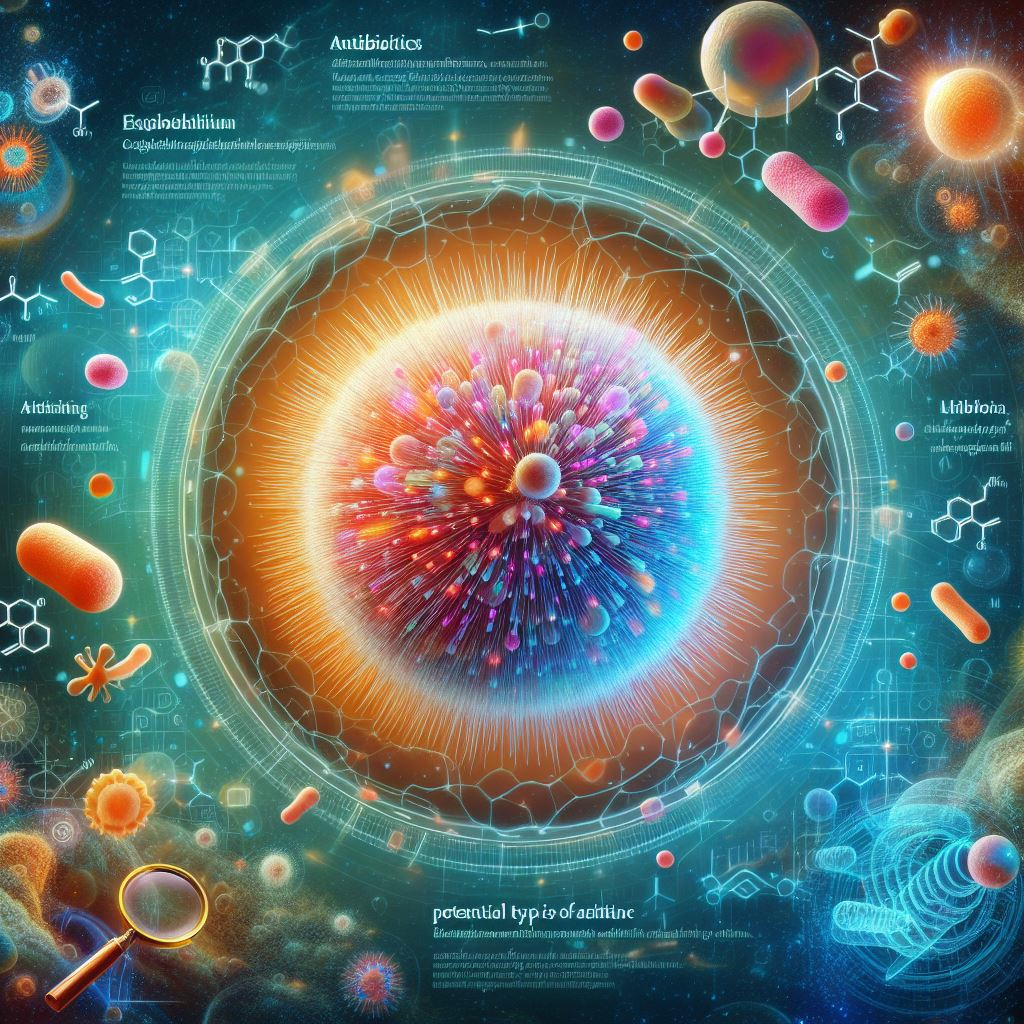Scientists utilizing artificial intelligence (AI) have unlocked the discovery of a new class of antibiotics effective against drug-resistant Staphylococcus aureus (MRSA) bacteria.

Scientists utilizing artificial intelligence (AI) have unlocked the discovery of a new class of antibiotics effective against drug-resistant Staphylococcus aureus (MRSA) bacteria. This discovery, made possible through more transparent deep learning models, could mark a turning point in the global fight against antibiotic resistance, offering a ray of hope in a field that has seen limited progress in the past six decades.
The study, published in Nature and co-authored by a team of 21 researchers, utilized deep learning models to predict the activity and toxicity of a newly identified compound. Deep learning, which involves the use of artificial neural networks to automatically learn and represent features from data, is revolutionizing drug discovery by accelerating the identification of potential drug candidates and optimizing the drug development process.
James Collins, professor of Medical Engineering and Science at the Massachusetts Institute of Technology (MIT), emphasized the significance of the AI-driven approach, stating, “The insight here was that we could see what was being learned by the models to make their predictions that certain molecules would make for good antibiotics.”
The focus of the study was on combating methicillin-resistant Staphylococcus aureus (MRSA), a bacterium responsible for thousands of deaths worldwide each year. Infections with MRSA range from mild skin infections to severe and potentially life-threatening conditions such as pneumonia and bloodstream infections.
To create the training data for the deep learning model, approximately 39,000 compounds were evaluated for their antibiotic activity against MRSA. The resulting data, along with details about the chemical structures of the compounds, were input into the model. The researchers aimed to demystify the complex calculations happening within the neural network, referring to it as “opening the black box.”
The team then employed three additional deep-learning models to assess the toxicity of the compounds on three types of human cells. By integrating toxicity predictions with antimicrobial activity, the researchers identified compounds capable of effectively combating microbes with minimal harm to human cells.
Approximately 12 million commercially available compounds were screened using this set of models, leading to the identification of compounds from five different classes. These classes were categorized based on specific chemical substructures within the molecules, showcasing predicted activity against MRSA.
Further experiments involved testing around 280 of these compounds against MRSA in a laboratory setting. Two promising antibiotic candidates emerged from the same class, showing significant efficacy in reducing the MRSA population in experiments involving two mouse models—one for MRSA skin infection and another for MRSA systemic infection.
With almost 150,000 MRSA infections occurring annually in the European Union and nearly 35,000 people dying from antimicrobial-resistant infections in the bloc, this AI-driven breakthrough could offer a promising solution to address the silent pandemic of antibiotic resistance.
As the pharmaceutical landscape evolves with the integration of AI, the discovery of this new class of antibiotics stands as a testament to the transformative power of technology in advancing medicine and tackling global health challenges.